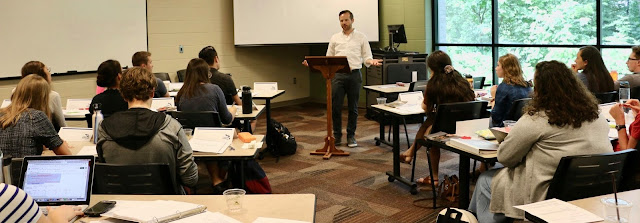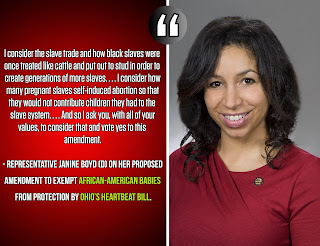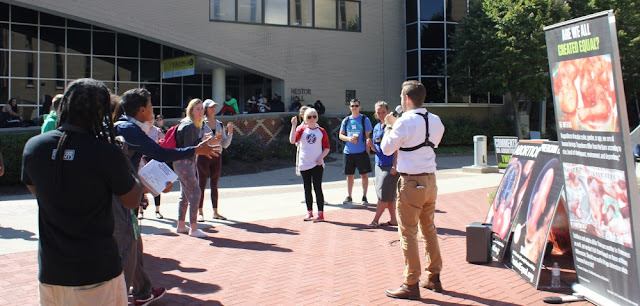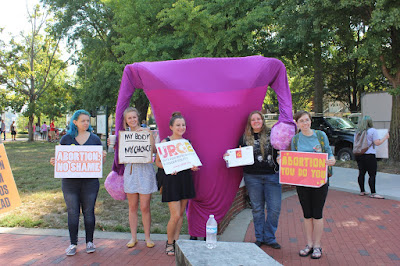Meet a Baby Saved

In the middle of high school, I began to spend Thursdays throughout summer on Webster Street in Fort Wayne, IN. Good friend and stalwart defender of life Pam Durdahl called Thursday “the best and worst day of the week.” It was the best because you were with like-minded people—indeed, this is where I met Aubrie! But, what brought us all together is why it was the worst: This was the day each week when Ulrich Klopfer would come to town to kill babies. Details continue to be released in the horrific discovery this month that Klopfer stored babies’ bodies in the garage at his Illinois residence. But one note which grabbed my attention is that these babies died in the years of 2000-2002, the latter half of my high school days. All of these babies came from Indiana. And now we know some of them died in Fort Wayne, meaning while I was on that sidewalk, Klopfer was killing babies and taking them home. It seems it was not enough for him to violate the victims once. I didn’t know the...





